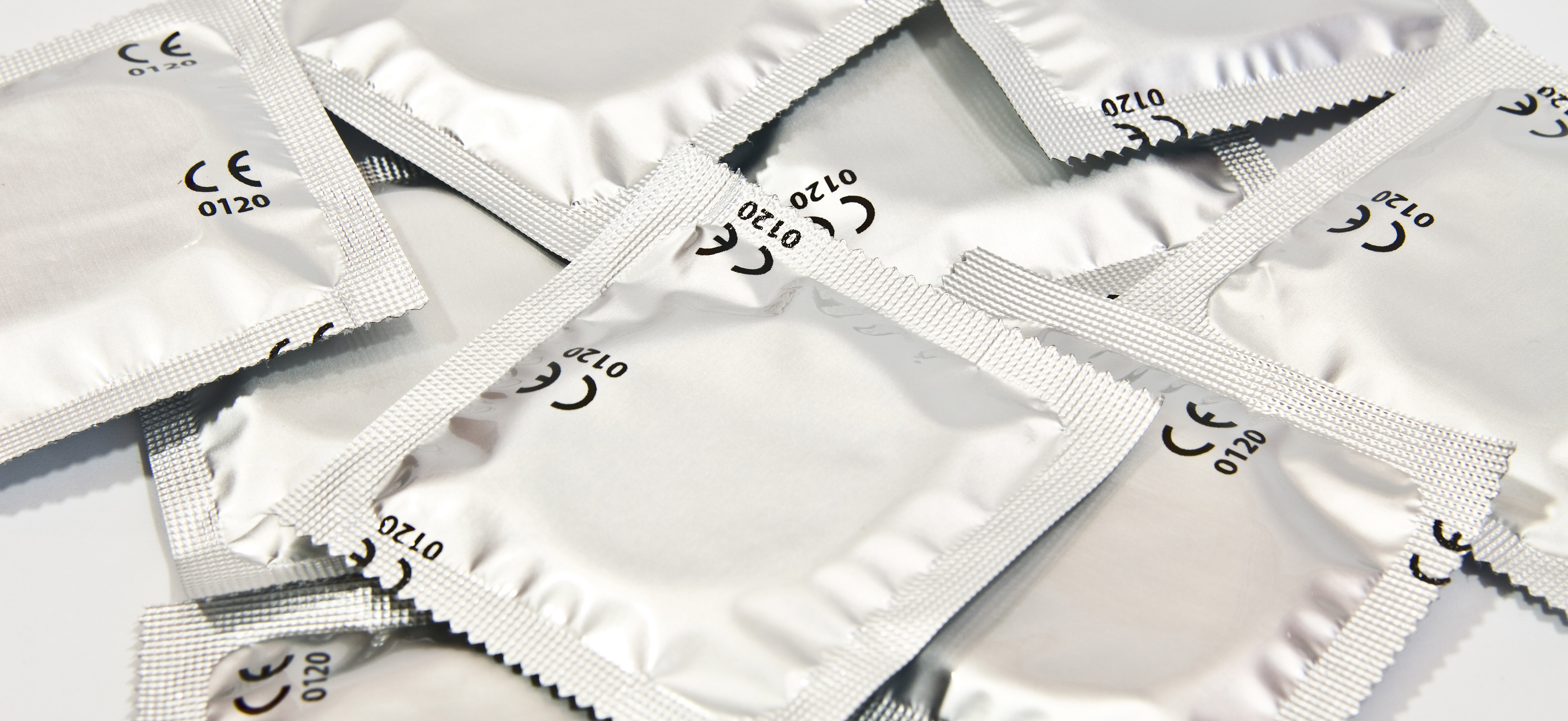HIV & Aids
Globally, we have seen progress in the prevention of HIV transmission and in improving the lives of people living with HIV. Of the approximately 38 million people worldwide with HIV, about 28.2 million are currently on antiretroviral therapy as of 30 June 2020 (UNAIDS, 2021). In 2020, 85% of pregnant women living with HIV received antiretroviral treatment, preventing mother-to-child transmission of the virus (UNAIDS, 2021). Despite these achievements, significant challenges remain. Increasing rates of new infections are found among key affected populations such as adolescent girls, injection drug users, and transgender individuals.
IDA Foundation has a long history in the global fight against HIV/AIDS, starting in 2004. Although effective anti-retroviral medicines had been developed by U.S. and European branded manufacturers, the average annual cost of the treatment regimen was US $10,000. This high cost prevented ARV treatment from reaching the people most in need, especially those in sub-Saharan Africa and the Caribbean.
IDA decided to apply our Quality Assurance process to generic ARVs being manufactured by Indian suppliers, and we approved those manufacturers that met IDA’s strict standards. IDA’s actions gave health care providers in the developing world the confidence to purchase Indian generic medicines, allowing them to treat patients at a fraction of the earlier cost.
In the years since, IDA has continued to supply quality-approved ARV medication to customers worldwide. We can provide both generic and branded products, and we have experience working in countries where patent laws are in effect, or where compulsory licensing is being used to import products.
Aids-Free Generation
IDA is committed to taking an active role in creating an AIDS-free generation. We do so by increasing the availability of affordable, quality products and by offering a one-stop shop for products for HIV / AIDS prevention, detection and treatment, including:
- Male and female condoms
- Male circumcision kits
- Rapid diagnostic tests and monitoring equipment
- Post-exposure prophylactic kits
- Pre-exposure prophylaxis (PrEP)
- Antiretroviral medicines (ARVs) from generic and branded manufacturers
- Medicines to treat opportunistic infections (OIs)
- HIV-TB co-infection treatment
AIDS-related deaths have fallen by 47% since 2010. In 2020, 680,000 people died from AIDS-related causes worldwide, compared to 1.9 million in 2004 which was the largest peak in history. Since 2004, AIDS-related deaths have fallen by 64% (UNAIDS, 2021).

